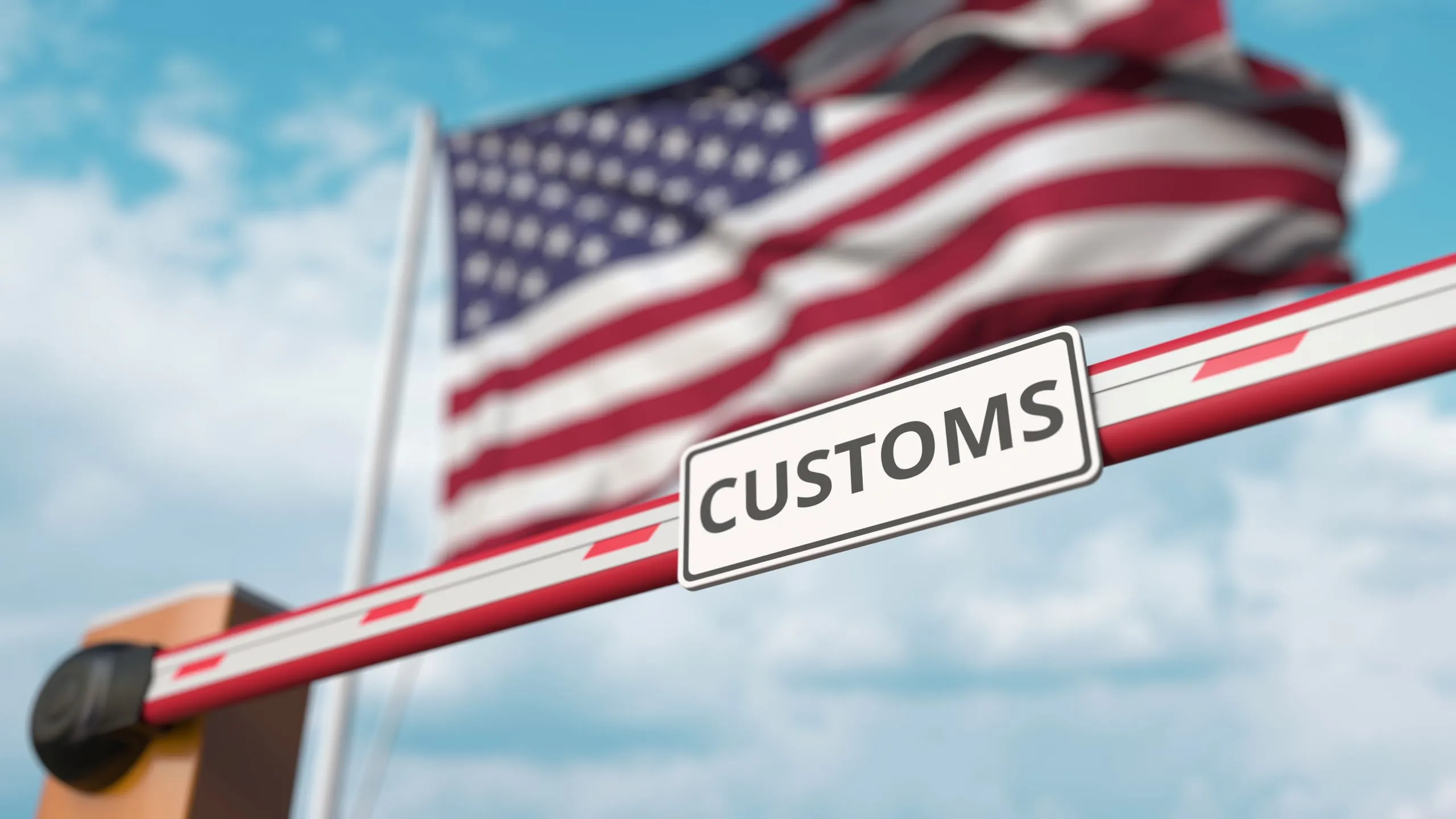Spain, a member of the European Union with broad market access, boasts a large population and a growing culture of online shopping. According to IMF data, as of 2023, Spain has an estimated GDP of approximately $1.49 trillion and a population of 47.8 million, making it the 15th largest economy in the world out of 196 countries. In 2023, with a per capita income of $31,223 at current prices, Spain ranks 40th globally.
According to the 2023 TİM Export Report, Spain ranks sixth among the countries to which Turkey exports the most. By engaging in e-export from Turkey to Spain, you can easily access the Spanish market and reach a broad customer base.
The fact that Spain’s currency is the Euro allows businesses engaging in e-export to Spain to generate foreign currency revenue. Exporting to customers in Spain also provides an opportunity to grow your business on an international scale. Additionally, Spain’s strategic location within the European Union offers easier access to other EU countries.
In this article, we will provide the details you need to know for conducting e-export from Turkey to Spain.
What are the most exported products from Turkey to Spain?
If you do not currently sell your products, it is important to conduct market analysis before exporting by considering up-to-date trade data and import demands in Spain.
According to the United Nations COMTRADE international trade database, Spain’s imports from Turkey amounted to $10.49 billion in 2022.
In 2022, the products exported from Turkey to Spain with a turnover exceeding $100 million are listed below. For a more detailed analysis, you can visit the Trading Economics page.
| Machinery, nuclear reactors, boilers | $910.86 million |
| Iron and steel | $813.61 million |
| Plastics | $495.17 million |
| Electrical, electronic equipment | $404.09 million |
| Mineral fuels, oils, distillation products | $357.50 million |
| Salt, sulfur, earth, stone, plaster, lime, and cement | $309.52 million |
| Inorganic chemicals, precious metal compounds, isotopes | $256.70 million |
| Articles of iron or steel | $250.47 million |
| Aluminum | $238.36 million |
| Man-made staple fibers | $238.18 million |
| Cotton | $105.05 million |
| Other textile products, suits, worn clothing | $100.98 million |
What are the prominent e-commerce categories in the Spanish market?
To conduct e-export to Spain, you can sell your products either through your own website or via e-commerce marketplaces in Spain. Research indicates that there is a large audience of online shoppers in Spain. By researching which e-commerce categories are most prominent in Spain, you can adapt your product range to suit the market.
The most sold product categories online in Spain are as follows:
- Textiles and footwear
- Home electronics
- Sports and leisure products
- Books and audiobooks
- Cosmetics and skincare
- Grocery items
- Home decoration products
- Toys
What are the most preferred e-commerce marketplaces in Spain?
If you want to do e-export to Spain, you can showcase your products on the most visited e-commerce marketplaces in Spain. According to Similarweb data, the top 5 most preferred e-commerce marketplaces in Spain between June 2023 and September 2023 are as follows:
1.amazon.es
2.aliexpress.com
3.elcorteingles.es
4. milanuncios.com
5. wallapop.com
What are the conditions for Micro Export to Spain?
Spain is a highly advantageous country for micro export. Micro export provides certain conveniences and benefits for selling products within specific value and size ranges abroad. To define micro export, it is the process of exporting through authorized fast cargo companies electronically. The micro export model facilitates the sale of products with low weight and dimensions. For micro export, there is no need for registration with the Exporters’ Union or to work with a customs brokerage firm. Micro export saves on costs such as customs brokerage fees, warehouse exit fees, and notary fees for power of attorney. Since the processes are conducted electronically, it also saves time.
Therefore, for small-scale shipments, micro export is a very cost-effective and logical export model. Businesses wanting to conduct e-export to Spain can sell under the conditions of micro export. For micro export to Spain, if the product’s value is below 15,000 Euros and the weight is under 300 kilograms, sales can be made without paying VAT through the ETGB (Electronic Trade Customs Declaration) system. The ETGB system is used for customs procedures of cargo shipments made by air and land and ensures that these processes are completed electronically.
What are the customs and shipping conditions for e-export to Spain?
Micro export conditions for e-export to Spain are quite a suitable option. You can conduct e-export to Spain through cargo companies authorized to issue the Electronic Trade Customs Declaration (ETGB). Under the micro export model, sales under 300 kilograms in weight and 15,000 Euros in value are declared via ETGB (Electronic Trade Customs Declaration). E-export invoices covered by micro export advantages can be prepared without VAT. During your e-export process to Spain, you can receive a 20% VAT refund for shipments covered by micro export when sending your parcels to customers.
What are the tax conditions for e-export to Spain?
There are many government incentives provided by the Ministry of Trade to encourage e-export. These include company acquisition support, unit support, trademark registration and protection support, travel support, report support, document support, advertising and promotion support, trade fair support, and digital activities support. You can find more information about e-export support in our country here. One of the e-export incentives is tax exemption. For invoice amounts up to 150 Euros for your foreign sales, you can prepare your invoice with a zero percent VAT rate.
Documents required to sell on marketplaces in Spain
The marketplaces in Spain where you want to sell will require certain documents to open a store on their platform. The documents requested by each e-commerce platform may vary, but generally, the following documents are required. Keep in mind that the documents requested by marketplaces may differ. Ensure that the documents are up to date. The address and other details in these documents must match exactly.
- Certificate of Activity
- Tax Certificate
- Trade Registry Gazette
- Signature Circular
- Shareholder Register
- Trademark Registration Certificate
- Photocopy of the new-generation ID card or passport
- Residence documents
- Online Population Registry Extract
- Social Security Statement (4B Service Statement)
What are the advantages of e-exporting to Spain?
There are many advantages to e-exporting to Spain. Here are some of them:
- Wide market access: Spain is a country with a large population and a growing online shopping culture. By engaging in e-export, you can easily access the Spanish market and reach a broad customer base.
- Ease of transactions: E-export is faster and more cost-effective compared to traditional physical product shipping methods. Selling your products online can simplify inventory management and streamline logistics processes.
- Global growth opportunities: E-exporting to customers in Spain offers the opportunity to expand your business internationally. Spain also holds a strategic position within the European Union, providing easier access to other EU countries.
- Competitive advantage: Being a business in Spain’s online market can provide a competitive edge. With a good digital marketing strategy and customer service, you can create opportunities to attract customers.
- Lower costs: While traditional export processes usually require high expenses, e-export can often be carried out with lower transaction costs.
- Operational resilience: In times when physical stores may close or operate with limited hours, your e-commerce business can ensure continuity. Online platforms are always open and accessible.
- Market research: E-exporting to Spain can help you gain more insight into local consumer behaviors and demands. This information will assist you in better shaping your products and services.
- Improved data analysis: During e-export transactions, customer data can be collected and analyzed. This data can help optimize your marketing strategies and offer personalized deals to customers.
- Economic income: Like other EU countries, Spain uses the Euro currency. This means you will earn in foreign currency from your sales.
You can follow the steps below to start e-exporting to Spain:
- Conduct market research targeting the Spanish market. This will help you understand consumer behaviors, competitor companies, and opportunities in the market. It’s important to identify which products and services are in demand and what market gaps exist in Spain.
- After deciding to e-export to Spain, prepare a business plan. This plan should include your goals, strategies, budget, and timeline. The business plan will outline the roadmap for your project and help guide you towards achieving your objectives.
- Clearly define your target audience in Spain. It’s important to identify which demographic groups or customer segments you want to offer your products or services to.
- You should establish a digital presence in the Spanish market. You can create an e-commerce website or adapt your existing website for international customers. The website should be available in Spanish or both Spanish and English.
- You should provide suitable payment and logistics solutions for Spanish customers to make payments and receive your products. It’s important to accept popular payment methods in Spain and choose a reliable shipping partner.
- Develop an effective digital marketing strategy to reach Spanish customers. Promote your brand using social media, search engine optimization (SEO), email marketing, and other digital channels.
- Ensure that you comply with Spain’s foreign trade regulations. Understand customs procedures and import requirements. Complete export documents and customs declarations accurately and thoroughly.
- You should provide customer support. Offer communication channels to answer Spanish customers’ questions and resolve any issues related to their orders.
- Be mindful of local language and cultural awareness when serving Spanish customers. It’s important to communicate appropriately with Spanish-speaking customers.
- Continuously monitor and analyze your business. Make data-driven decisions to develop and improve your strategies.
- Research online marketplaces in Spain. Open your store on the most visited marketplaces in Spain. You can take advantage of the customer base of these marketplaces and increase brand recognition.
E-exporting to Spain can be a complex process, so it is important to seek expert advice and collaborate with local business partners. Considering all the regulations and requirements you may encounter during the e-export process will help you successfully enter the Spanish market.
As we mentioned in our article, there are several important factors to consider when exporting to Spain. Compliance with local regulations, customs procedures, payment security, and logistics are key for a smooth e-export process. If you’re considering exporting to Spain, contact us for our technologically advanced end-to-end e-export services at fiCommerce.





